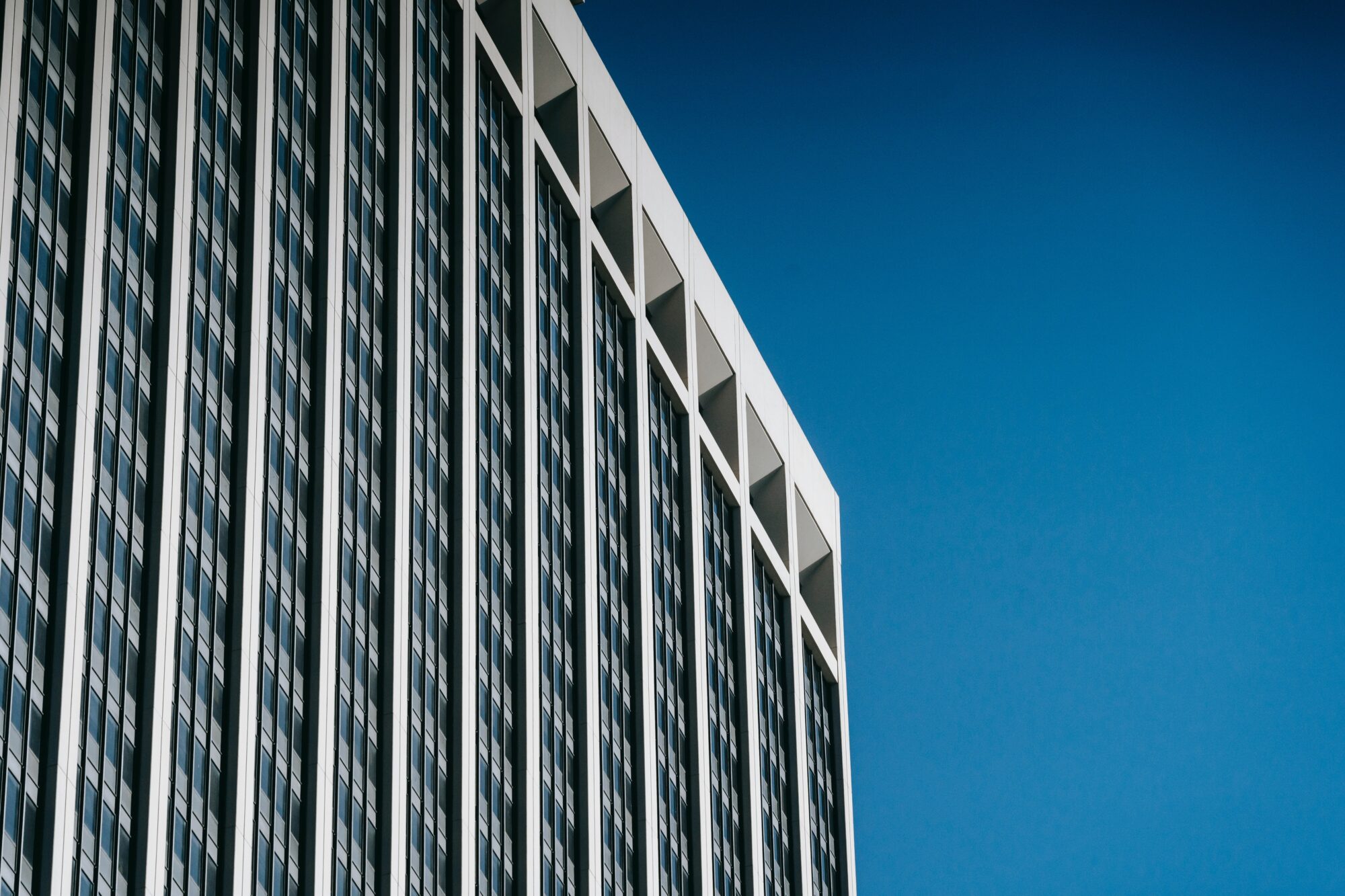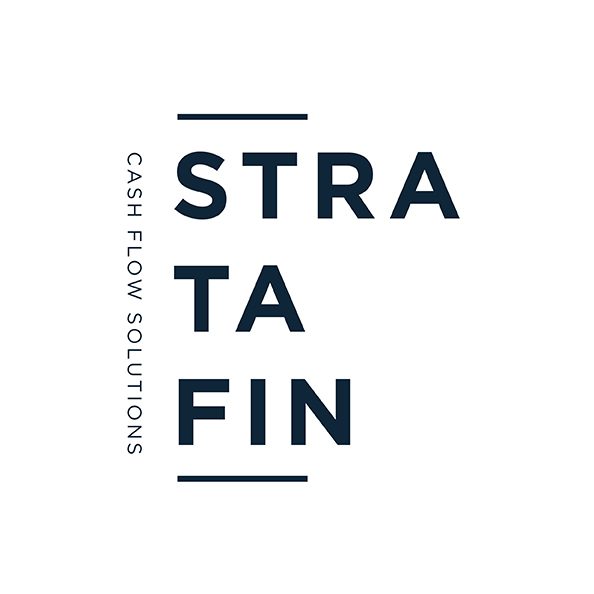Sectional Title appearance rules can cause friction with owners of a scheme, however, the first impression from the outside of a scheme, and the overall aesthetic appeal of a property are of utmost importance. The primary capital investment for most people is their home. It is therefore important that the property be maintained such that it can retain (and grow) in value. Many sectional title schemes are made up of apartments, or townhouses. The body corporate should maintain a harmonious external appearance to ensure that the scheme remains a desirable investment for all owners and possible future property purchasers.
Examples of Sectional Title appearance rules
Changes that could affect the harmonious external appearance of a scheme could include things like:
- Painting the external walls of the scheme.
- Furniture placed on balconies and patios.
- Decorations or signs placed on external walls of the scheme.
- Pot plants placed on balconies and patios.
- Washing lines placed on balconies and patios.
- Locking and security devises and screens placed on the external parts of doors or windows.
- Webers or braais placed on balconies and patios.
What did the legislation previously prescribe?
Prior to the adoption of the Sectional Titles Schemes Management Act 8 of 2011 (the “STSM Act”) which came into operation in 2016, the external appearance of the building was dealt with in two provisions. In the first place prescribed management rule (“PMR”) 68(1)(iv) stated that owners may not do anything which is likely to prejudice the harmonious appearance of the building. In the second place, prescribed conduct rule (“PCR”) 5 states that owners may not do anything to the common property that is aesthetically displeasing.
What does the legislation prescribe now for Sectional Title appearance rules?
The previous “harmonious appearance” rule was replaced by a rule that is more general in its application. PMR 30(e) states that the body corporate must take all reasonable steps to ensure that a member or any other occupier of a section or exclusive use area does not do anything to a section or exclusive use area that has a material negative effect on the value or utility of any other section or exclusive use area.
The prescribed conduct rules now contain a few provisions related to the external appearance of the section. PCR 4(1) states that the owner or occupier of a section must not, without the trustees’ written consent, mark, paint, drive nails, screws, or other objects into, or otherwise damage or deface a structure that forms part of the common property. This gives the trustees the discretion to decide whether whatever is done is aesthetically displeasing or not.
PCR 4(2) deals with security improvements and states that an owner or occupier of a section must be considered to have the trustees’ consent to install a locking or safety device to protect the section against intruders, or a screen to prevent entry of animals or insects if the device or screen is soundly built and is consistent with a design, colour, style, and materials approved in writing by the trustees. PCR 4(3) requires that the owner or occupier of a section must keep such a device installed in good order and repaired.
PCR 5 deals explicitly with the external appearance of sections and exclusive use areas. PCR 5(1) requires that the owner or occupier of a section must not, without the trustees’ written consent, make a change to the external appearance of the section or any exclusive use area allocated to it unless the change is minor and does not detract from the appearance of the section or the common property.
PCR 5(2) states that the owner or occupier of a section must not, without the trustees’ written consent
(a) erect washing lines on the common property;
(b) hang washing, laundry, or other items in a section or any exclusive use area allocated to it if the articles are visible from another section or the common property, or from outside the scheme; or
(c) display a sign, notice, billboard, or advertisement if the article is visible from another section, the common property, or outside the scheme.
The rationale behind these limitations
I often get asked by clients why they cannot paint the external parts of their unit any colour they prefer or place their chosen furniture, decorations, or pot plants on their balconies or patios. These rules appear to limit and even completely remove owners’ freedom to make changes to the external parts of their property. Why are these limitations or restrictions reasonable? It is important to distinguish that these rules apply to common property. Common property are parts of the scheme that are jointly owned by all the members in sectional title schemes. The shared property and community element of sectional title ownership makes it such that all owners need to adhere to the same restrictions when it comes to the external parts of the building.
Conclusion
The prescribed management and conduct rules are a set of generic rules that apply to all schemes, regardless of their actual physical attributes. As no two schemes are the same, and schemes are developed to have different physical attributes we suggest that your scheme adopt a conduct rule that deals with all elements relating to the harmonious external appearance. The rules will then set a uniform set of reasonable restrictions and limitations. The rule should include provisions that deal with:
- The manner in which painting the scheme will be handled. This rule could include prescriptions on what colours are acceptable; who is financially and operationally responsible to paint; how often touch-ups will be done etc.
- The type and placement of furniture and/or decorations that are acceptable, including an image or plan illustrating the point.
- The type of pot plants that are allowed to be placed on balconies, and an explanation of how the watering of these plants must be handled such as not to cause waterproofing issues. In making these rules the body corporate must ensure that the structural integrity of the building is maintained.
- Whether owners or occupiers are allowed to braai on their balconies and patios.
- The make, colour, and appearance of acceptable locking or safety devices or screens. The rule can set out the provisions that require that the device or screen is soundly built and is consistent with a design, colour, style, and materials such that the trustees are not required to consider and approve each application for such installation.
- The specific types of changes to the external appearance of the section or any exclusive use area that are not considered minor detract from the appearance of the section or the common property.
- Specific rules in relation to the erection and hanging of laundry on washing lines on the common property.
- Specific rules on the location, installation, and type of sign, notice, billboard, or advertisement are acceptable.
- Any other rules that deal with maintaining the external harmonious appearance of the scheme.
Written by Dr. Carryn Melissa Durham of Stratafin













